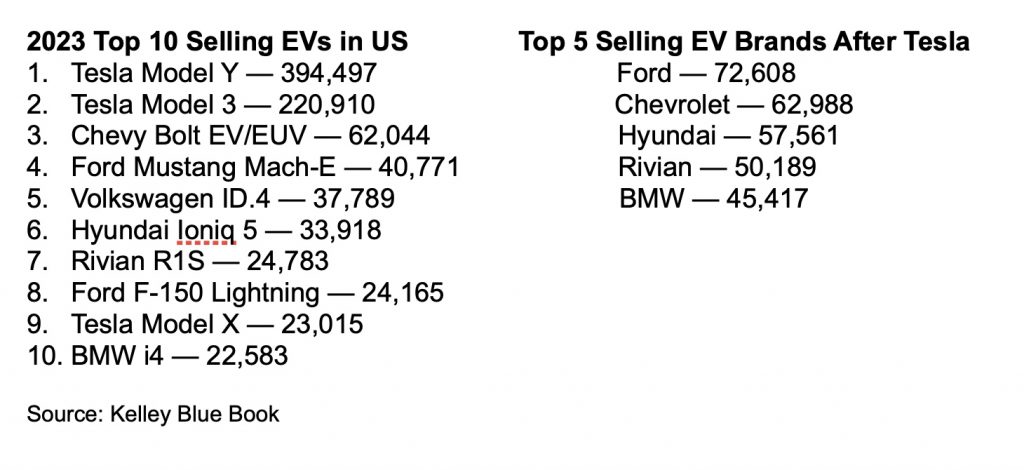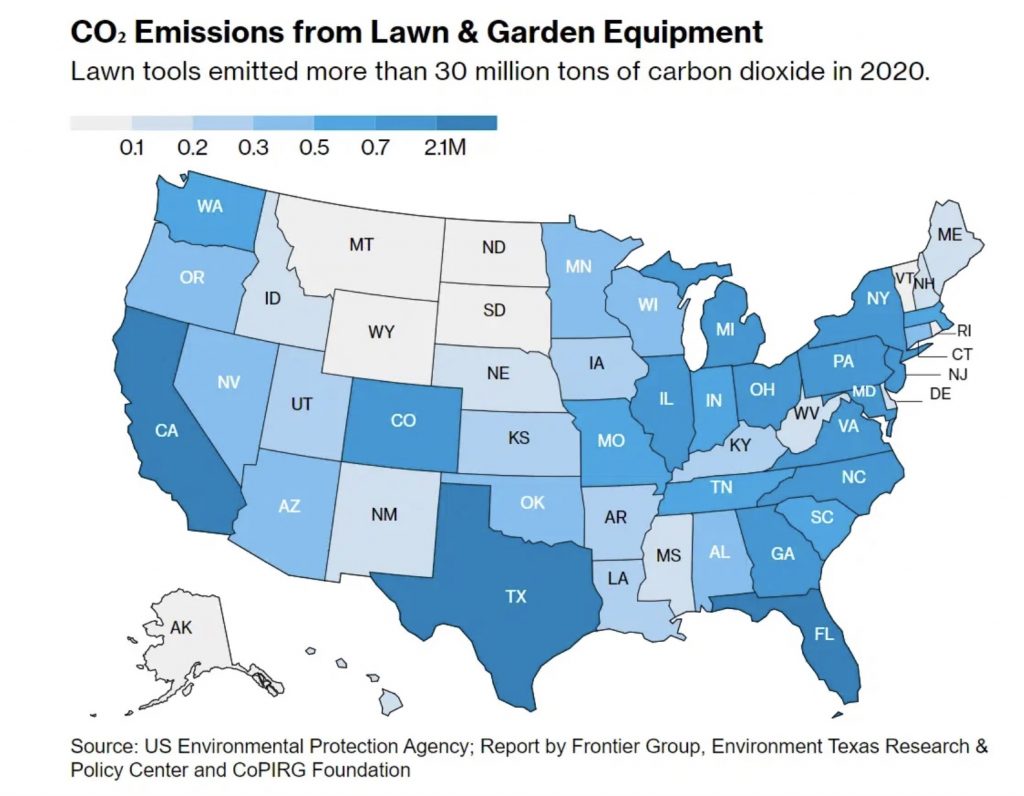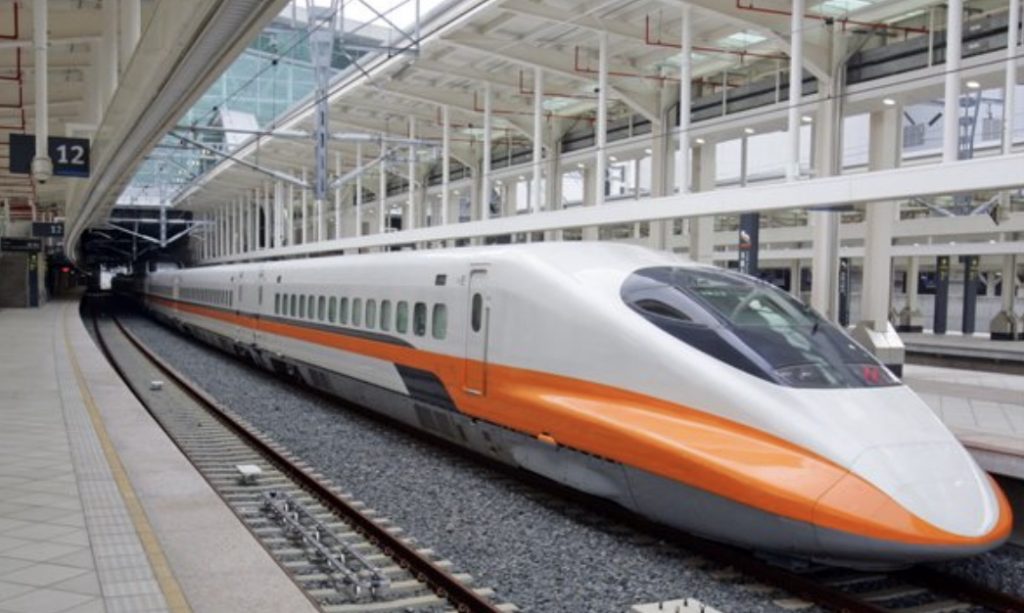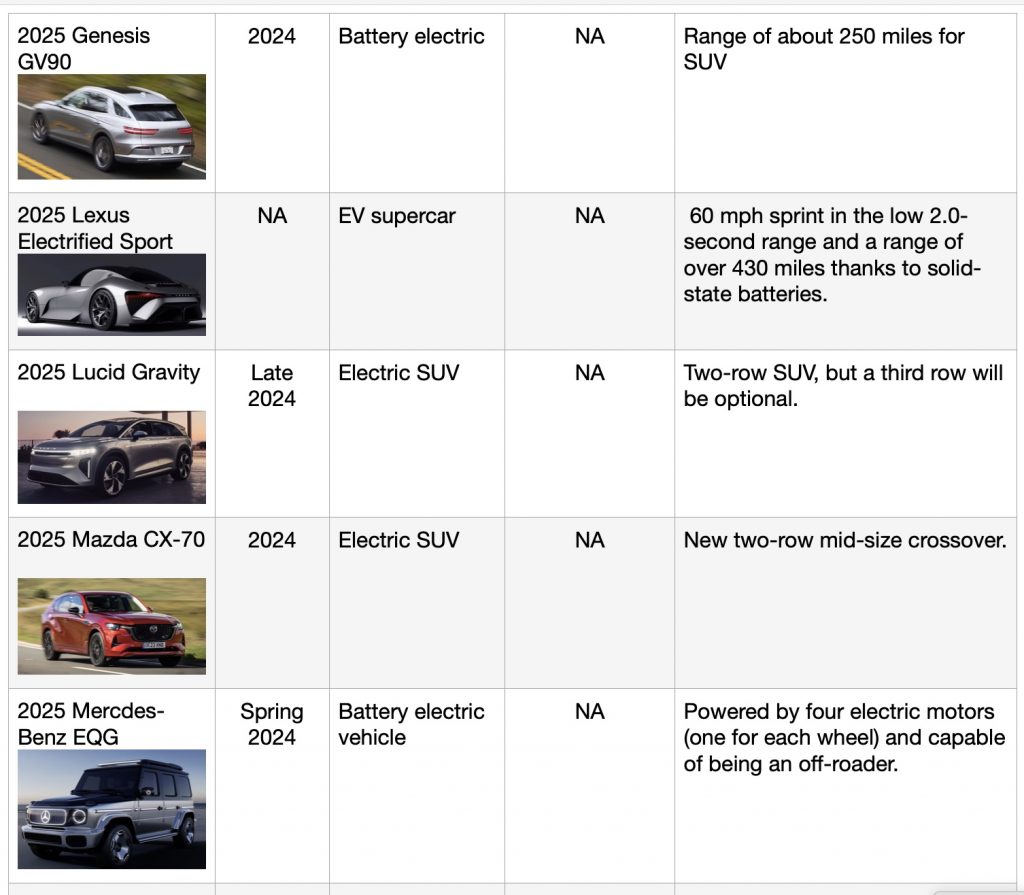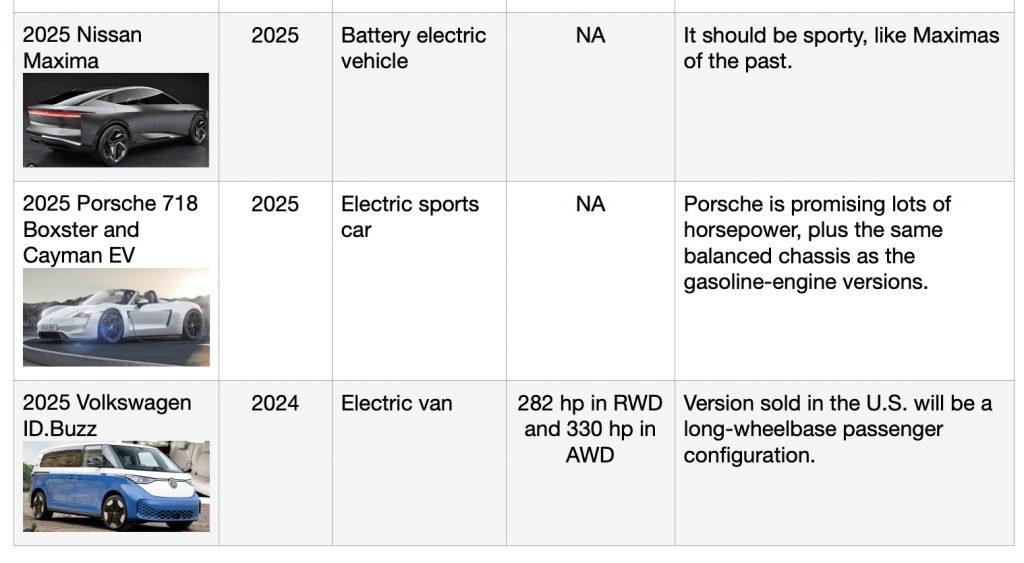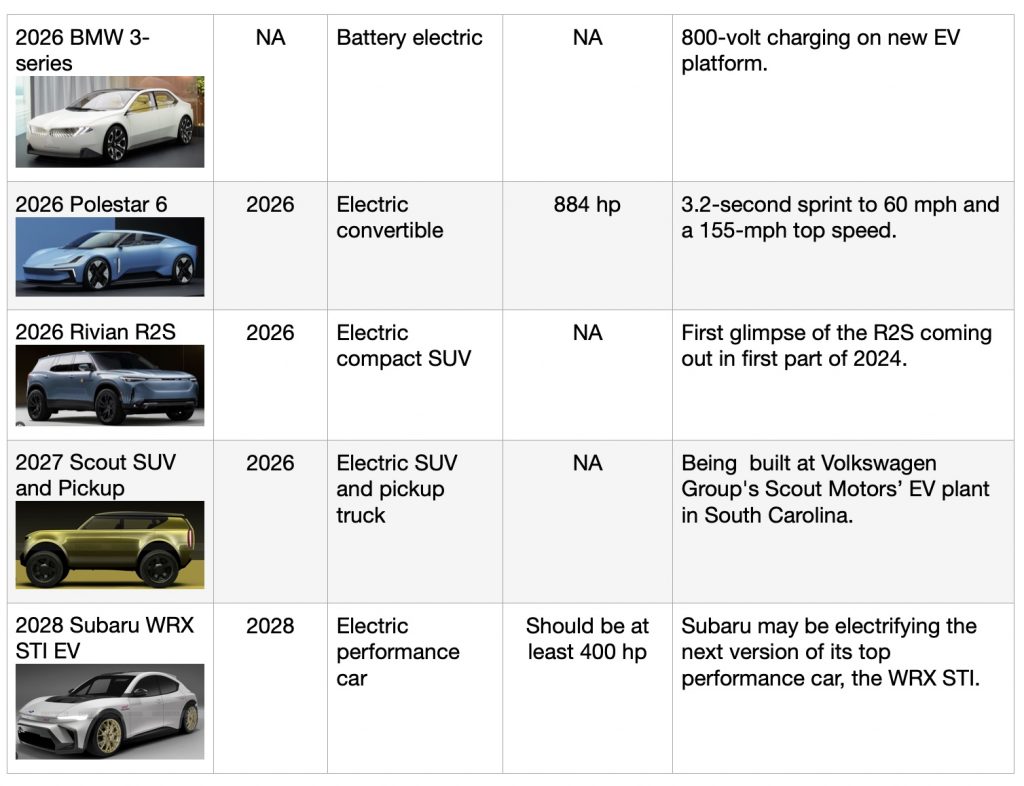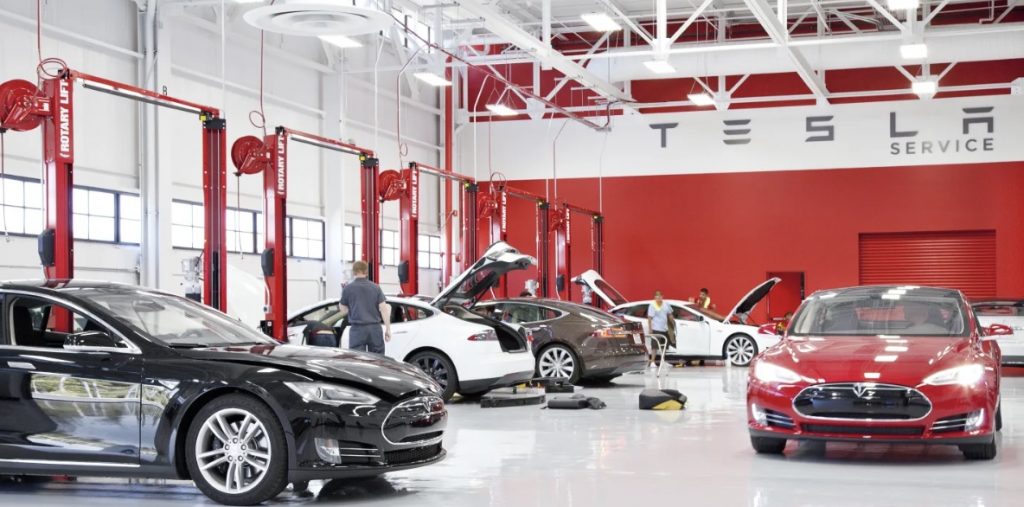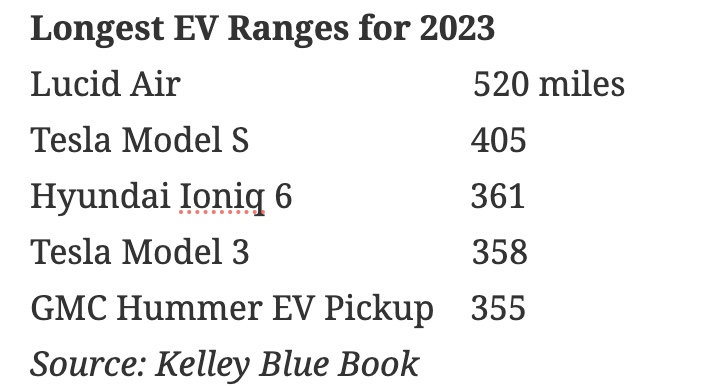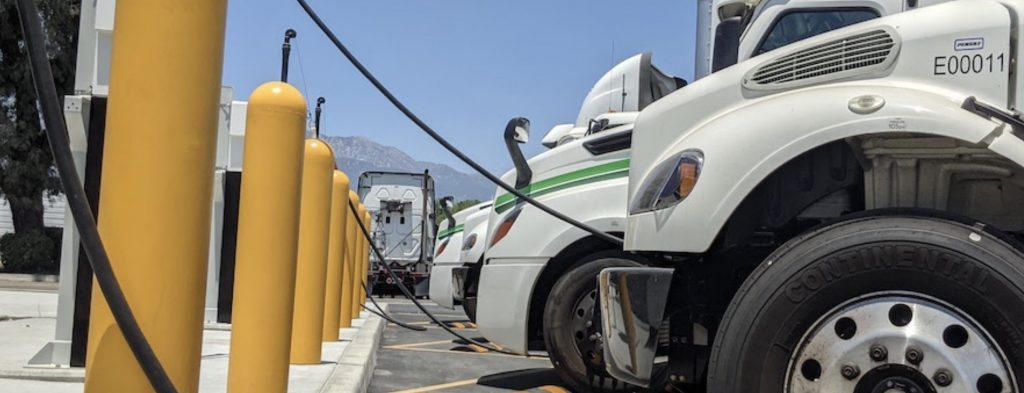
So why do we keep focusing on, and obsessing over, artificial intelligence? Use and demand for generative AI solutions is compounding and accelerating; and it may fill some of the gaps between where we stand now and how we can accomplish far-away goals. One of them could be fully autonomous vehicles on our roads that would be electric, safe, efficient, and eventually better than what humans have been capable of so far. Generative AI is not just about creating new content for websites and reports; no, there’s a lot more potential.
Amazon founder Jeff Bezos, Nvidia Corp. and other big technology names are giving it a shot by investing in a business that’s developing human-like robots, according to people with knowledge of the situation, part of a global surge to find new applications for AI.
Figure AI, a startup that will be building humanoid robots, is getting $675 million in a funding round that includes Nvidia, OpenAI (creator of ChatGPT), Bezos’ Explore Investments LLC, Microsoft, Intel’s venture capital firm, Samsung, and LG Innotek, an affiliate of LG Group. Figure AI is an AI-power robot that can act like a human and be used to perform tasks that real humans don’t want to do. These tasks could be dangerous and unstable compared what human workers are usually willing to do these days.
Bezos had committed $100 million through Explore Investments LLC. Microsoft is investing $95 million, while Nvidia and an Amazon-affiliated fund are each providing $50 million, according to the sources. It’s part of a funding round that carries a pre-money valuation of roughly $2 billion, they say.
Tesla has its own walking, working robot project in development. Called Optimus, it’s being designed to help eliminate dangerous, repetitive and boring tasks for humans. CEO Elon Musk has said that the AI-powered robot could end up being the electric automaker’s biggest source of business long term. It will start out working in Tesla’s factories. Musk recently said that Tesla could start shipping units of Optimus as early as next year.
Boston Dynamics, a company that has been working on this technology for over a decade, was acquired by South Korean automaker Hyundai Motor Co., in 2021. Founder Marc Raibert recently said that he believes Musk’s ambitions are being driven by seeing the progression of Boston Dynamic’s bipedal robot, Atlas.
As for robotics taking over cars through autonomous vehicles, that won’t be showing up anytime soon. You can take a ride in one of these robot-taxis in San Francisco and Phoenix, but the number of available rides is sparse as safety and traffic congestion concerns tend to keep them very limited. As for mass market, the autonomous vehicle industry will not develop a fully self-driving car until 2035, according to a prediction from research firm GlobalData.
AI has always been part of factory robotics, self-driving car technology and testing, and aerial drones — which so far have been the most advanced and useful robotic transport option. Advanced sensors and AI algorithms can help vehicles detect and respond to potential dangers faster and more accurately than humans, along with other benefits from the technology.
Udacity, an online training conpany, recently posted a commentary on these issues with input from its CEO Sebastian Thrun, one of the founders of Google’s self-driving car program that was later named Waymo.
AI-powered robotics has the potential to address some of the safety concerns of vehicles being on roads without human drivers who can take control of the car. AI has vast potential for replicating the human driving experience, which would include multiple levels of sensory data awareness for bringing the car to a halt to protect pedestrians, bicyclists, and those riding in cars and trucks.
According to Udacity, some of the benefits of tapping into AI’s potential include: these self-driving cars can operate more efficiently, optimizing acceleration, braking, and routing to reduce fuel consumption. Eco-friendly practices can be enabled to further reduce greenhouse gas emissions such as deploying efficient driving routes. Another benefit: company employees can be working in their cars, or they can take time off for rest and rejuvenation by not having to drive to and from work, or while going to a business meeting or training session.
Would that mean robots would be driving these cars? It is a possibility. Automakers are always tapping into the latest mobility innovations, which is demonstrated in January of each year at the CES convention in Las Vegas. At CES 2024, the main topics presented by automakers and suppliers included autonomous driving, generative AI, EV charging, flying cars, drones, sensors, and micro-mobility, according to DigiTimes Asia.
Peter Diamandis, founder and executive chairman of the XPRIZE Foundation, has a lot of hope for the potential of generative AI.
“First, on the hardware side, one great example is LiDAR, or Light Detection and Ranging sensors. Originally big, bulky, and expensive, LiDAR uses laser pulses to measure distance and create 3D point clouds of the surrounding environment.
A decade ago, a LiDAR unit cost about $100,000 and was the size of a coffee-can, Today, they’ve shrunk down 1000-fold and suppliers like Luminar have reduced the cost 100-fold, supplying units to carmakers today for $1,000, with a goal of $500 in the next few years……..
“Second, in the realm of software, it’s all about advances in AI. The same breakthroughs that have enabled applications using GPT-4 to see, listen and speak, are now being applied to robotics.
These humanoid compatriots will be equipped with AI-enhanced vision systems, offering precise image recognition, which aids in activities like component sorting and quality checks. AI’s predictive capabilities ensure machinery functions efficiently, foreseeing potential malfunctions, hence economizing maintenance.
Generative AI in particular magnifies a robot’s adaptability. Using reinforcement learning, they can autonomously refine their operations. This self-improvement, combined with decision-making algorithms, optimizes their actions. Additionally, by mimicking human interactions, be it verbal or non-verbal, they seamlessly blend into sectors like healthcare, fostering trust and collaboration,” Diamandis just wrote in his blog.
And in other news…………
Global EV sales: Interested in how electric vehicle sales are doing worldwide? Our World in Data just released a study tracking those numbers from 2010 through 2022, citing International Energy Agency data. Globally, around 1-in-5 new cars sold was electric in 2022. In Norway, the share was well over 4-in-5, and in China, it was around 1-in-3. In the U.S., 8% of new vehicles sold were plug-ins during 2022. Worldwide, it was 14%. Of that global total, 10% were battery electric vehicles and 4% were plug-in hybrid electric vehicles.
As for who will play the dominant role in global EV sales, journalist Will Lockett sees BYD continuing to throw off Tesla. While Tesla is getting ready to build its affordable hatchback, the Model 2, at a Mexico factory, BYD is well on its way. BYD is looking to build their own Mexico plant and enter the US market with EVs that make the Model 2 look outdated, he said. Affordable models like the BYD Dolphin were how the Chinese automaker was able to bump off Tesla by units sold. That includes plug-in hybrid and battery electric models for BYD, while Tesla is battery electric only.
For a look at the global big picture, OWID reports that there were a total of 72.86 million new vehicles sold worldwide in 2022. That broke out to 62.66 million non-electric cars sold that year, and 10.20 were electric cars. That would include passenger cars and commercial vehicles, according to Statista.
Ford halts Lightning pickups: Ford said on Friday it had halted shipments of all 2024 model year F-150 Lightning electric pickup trucks. The Detroit automakers needs to perform quality checks for an issue it did not specify. Production was halted and Feb. 9, and the automaker didn’t say when it would start again. Ford recently cut prices on its Mustang Mach-E electric SUV by up to $8,100 after sales fell sharply in January.
Volvo reducing ownership of Polestar: Volvo announced plans to sell 62.7% of its stake in EV maker Polestar as it looks toward the next stage of its transformation. Volvo Cars board proposed planning to distribute the 62.7% stake on Friday. If approved, the move will result in an 18% stake in Polestar. Parent company Geely, with a 78.7% stake, had already confirmed it intends to vote in favor of the stock sale.





